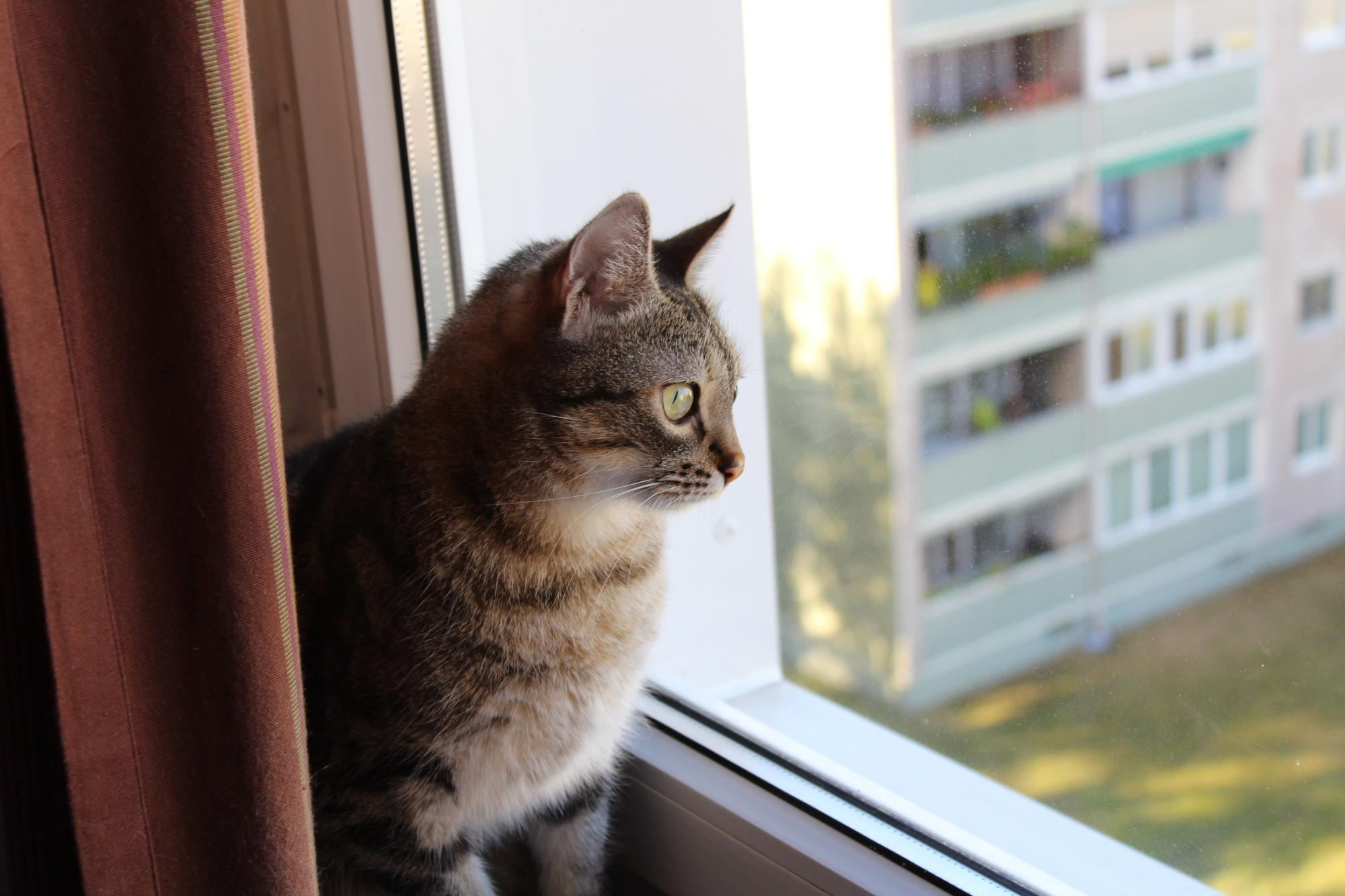Ear mites (Psoroptes cuniculi) are a common trouble faced by many domestic rabbit owners. This is a moderate condition, and if treated promptly, doesn’t have to become a major issue.
With that said, here’s everything you need to know about ear mite infestations and your rabbit.
What are Ear Mites?
Ear mites in rabbits, or psoroptes cuniculi, are non-burrowing parasites. They are extremely small, and usually can’t be seen with the naked eye. However, the signs of an ear mite infestation can become quite obvious after some time, which is how infections are usually caught if they’re not proactively checked by an owner or a rabbit veterinarian.
Ear mites can easily spread from rabbit to rabbit, or from a rabbit to their environment, and in turn, spread to other individuals. An ear mite infestation may occur in both of your rabbit’s ears, but it could also only show up in one.
Symptoms of an ear mite infestation
Although an ear mite infection is not inherently dangerous to your rabbit in the short term, it’s imperative that infestations are treated promptly in order to avoid secondary infections or more serious problems developing.
As a rabbit owner, it’s vital that you’re keeping an eye on your rabbit for any unusual symptoms and behaviours. These can be great clues of a problem developing and could help you know when to take them in to see your rabbit’s veterinarian.
An infestation is most easily characterized by irritation in the rabbit’s ear canal. The formation of a brown crust (sometimes called ‘cankers’), which gradually infects the ear canal from the inside out, is also a telltale sign.
Symptoms of an infestation of ear mites can vary from rabbit to rabbit, but some of the most common ones to look for are:
- Excessive scratching
- Shaking of the head or ears
- Inflammation/crusting in outer ear canal(s)
- Inflammation/crusting on pinna flaps (the upper part of your rabbit’s ears)
- Scratch marks on your rabbit’s neck, cheeks, or base of their ears
- Droopy ear(s)
- Hair thinning at the edge of your rabbit’s ear flaps
- Unexplained weight loss
Bear in mind that not all rabbits will show these signs, so be sure they’re examined regularly by your veterinarian in order to catch potential infections as early as possible.
Stages of an ear mite infestation
Ear mite infections occur in two stages. In the early stages, it can be hard to recognize an infection if you’re not looking for it, since the mites are very small and prefer to stay deeper in your rabbit’s ear canal to start. However, your veterinarian may be able to catch it and begin treatment sooner by examining the inside of the ear canal and finding the early signs of irritation, crusting, etc.
In moderate to severe cases, where the infection is not treated quickly enough, the mites will begin to multiply in your rabbit’s ears. The irritation will progress and crusting will become visible closer to the outside of the ear canal. The inflammation can also spread to your rabbit’s pinna flaps over time. If left untreated for too long, an ear mite infection can put your rabbit at risk for another skin infection, and in the long-term, can even cause deafness in the infected ears.
How ear mites are spread
The big problem with ear mites is how easily they can be transmitted from rabbit to rabbit. The main ways ear mites are spread between rabbits are:
- If a rabbit has direct contact with another infected individual
- If a rabbit spends time in an area that an infected rabbit was in in the last three weeks
- If a rabbit was handled by humans who have recently handled an infested rabbit
- Rabbits living in overcrowded places without proper cleaning (kennels, pet stores, etc.)
Diagnosis
Ear mites can be a worrying problem to discover in your rabbit, and no pet owner wants to realize their beloved animal has been suffering from an infection for some time. That’s why regularly taking your rabbit in for check-ups at your veterinarian is so important.
Your vet will typically do a visual exam of your rabbit’s ear canal to see if there are any signs of inflammation, irritation, or crusting. But since early infections are hard to spot with the naked eye, there may be a need to use a special tool called an otoscope (the same type of tool used for human ear exams) to take a look further into the ear canal for signs of an infestation. Your vet may also need to test samples of ear debris from your rabbit under a microscope, which will tell them if ear mites are present.
Treatment of your rabbit
If you’ve discovered an ear mite infestation in one or both of your rabbit’s ears, don’t panic! The good news is that ear mites can be easily eradicated, and if done quickly enough, can be painlessly removed without any lasting damage to your rabbit’s ears.
Typically, your vet will prescribe medicine to eliminate ear mites. These include ivermectin, which is administered 2-3 times over a few weeks, as well as selamectin (better known by its brand name Revolution in North America). Your veterinarian may also recommend using antibiotics and pain relief prescriptions depending on the severity of the infection’s effects on your rabbit’s ears.
Treatment of the environment
You’ll also need to treat your rabbit’s environment if your vet has discovered an infection. Ear mites can live away from a host for up to three weeks, so diligence is vital to ensure you avoid a repeat infestation. Here’s what you need to do in order to properly treat your rabbit’s environment:
- Temporarily relocate your rabbit from their usual spot in a cardboard box, playpen, etc. Make sure it’s a comfortable place because they’ll need to be there for some time.
- Dispose of all bedding in your rabbit’s area, as it can’t be thoroughly cleaned.
- Consider removing wooden objects (eg. hutches) as they’re hard to clean and mites may remain in the wood.
- Ask your vet about rabbit-safe insecticide to treat your rabbit’s cage and area to kill any remaining mites.
- As a precaution, keep all rabbits out of the previously infested area for 4-6 weeks to ensure all mites are dead before reintroducing your pet to the area.
When an ear mite infestation is properly treated, your rabbit should make a full recovery within the month. Just be sure to keep an eye out for a second infection!
Creative Commons Attribution: Permission is granted to repost this article in its entirety with credit to Hastings Veterinary Hospital and a clickable link back to this page.






